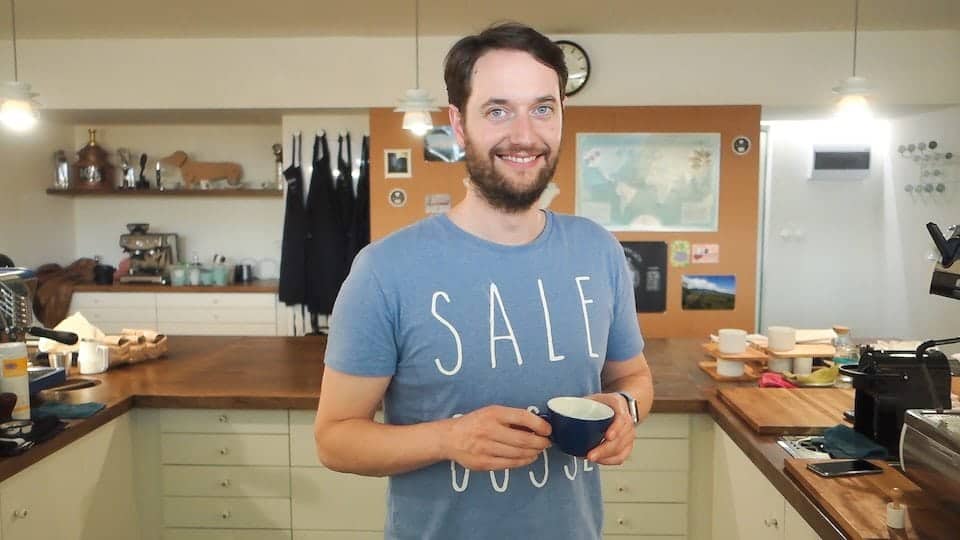Join World Barista Champion Boram Um for a tour of his family’s specialty coffee farms in Minas Gerais and Espírito Santo, Brazil. Discover how specialty coffee is grown, processed, and prepared for competitions.
From Commercial Beginnings to Specialty Coffee Farm
Standing among rows of coffee trees in South Minas, Boram Um, the 2023 World Barista Champion, tells us how his family started their journey.
“We bought the farm in 2009, cleared everything, and by 2011 we had planted 200,000 trees,” he recalls. “We lost almost half in the first years because we didn’t really know how to manage coffee farming yet.”
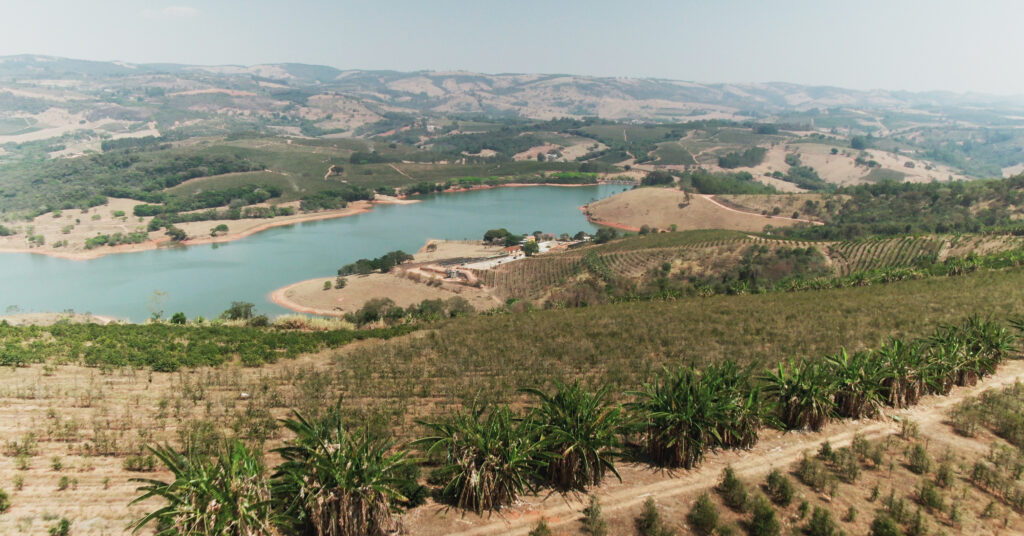
At first, their production was aimed at commercial coffee. But rising costs and low returns pushed the family to rethink. “We realized the business model wasn’t sustainable. Moving to specialty coffee became a necessity.”
Shade, Varieties, and Learning Along the Way
The farm started with three classic varieties – Red Catuaí, Yellow Bourbon, and Mundo Novo. But Boram quickly noticed how climate stress, sun exposure, and inconsistent rainfall made them struggle.
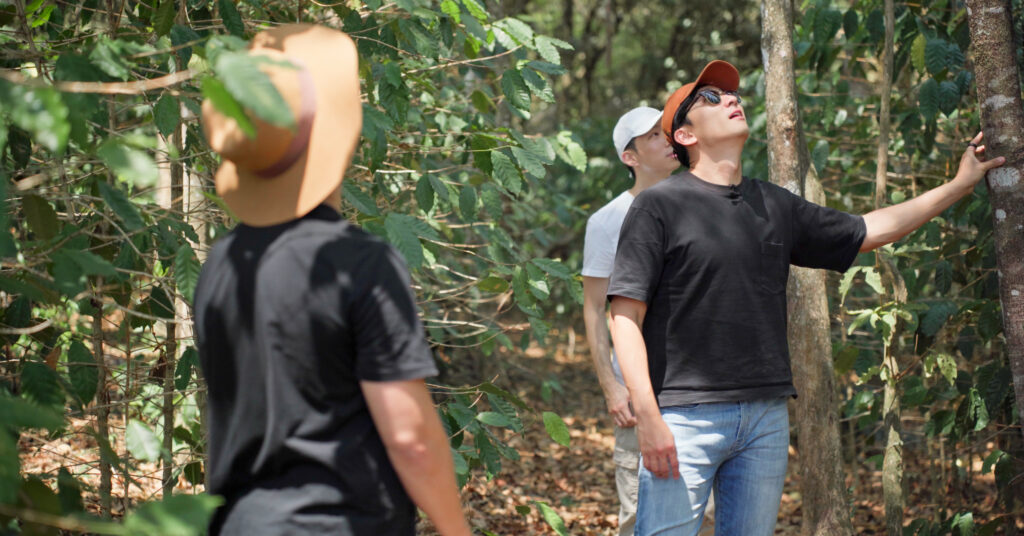
To adapt, the family began planting shade trees such as graviola fruit trees. They also tested exotic varietals like Geisha and Wush Wush under heavier shade. Walking through the shaded lot, Boram smiles:
“It feels so much cooler here. We’ve seen nice florals in the cup, but we still need to balance sweetness and sunlight. Farming is about learning as you go.”
Producing Coffee for the World Stage
One of the highlights of the farm tour is Pink Bourbon, a plot with 15,000 trees producing 30–60 bags a year. This is where Boram sourced the coffee that helped him win the World Barista Championship.
Unlike the early years, these plots were planted fully with specialty in mind. “Coffee farming is a long-term game,” Boram explains. “We make small improvements every season, and over time, we see what really works.”
From Nursery to Drying Experiments
In the farm’s nursery, Boram shows us “little soldiers” – seedlings just sprouting their first leaves. The Um family now grows their own seedlings to control genetics and experiment with new varieties.
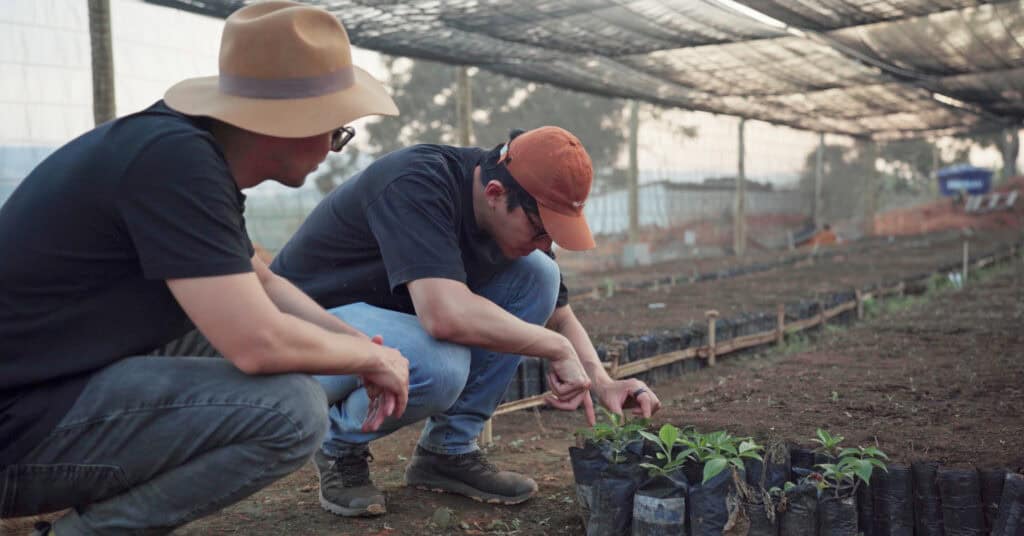
The drying station reveals another side of innovation. Traditional raised beds are paired with concrete patios, but Boram’s favourite is the dark room drying method.
“The idea is to allow slow, continuous fermentation even during drying. It changes the complexity and sweetness of the cup,” he says, pointing at stacks of cherries drying under controlled conditions.
Expanding into Espírito Santo
The journey continues east to Fazenda Um in Espírito Santo. This newer farm, started in 2019, sits closer to the coast with cooler winds and steeper slopes. Here, the family grows 16–17 different varieties, including promising ones like Arara.
Selective picking is the norm, with pickers returning up to six times to harvest cherries at the right ripeness. A small washing station and plans for a dry mill reflect the farm’s growing infrastructure.
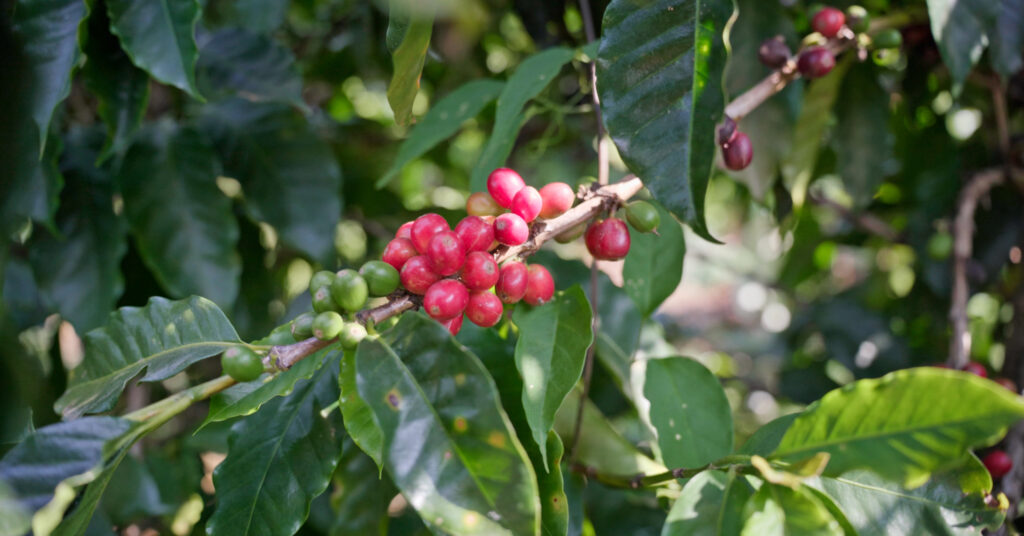
Looking Ahead
From Minas Gerais to Espírito Santo, the Um family is redefining what Brazilian specialty coffee can be. Once focused on commercial output, today their farms are producing coffees used in competitions around the world.
For Boram, it’s about patience: “Eventually, we won’t just talk about ‘Brazilian coffee’ but about what specific farmers are doing in their own terroir.”
